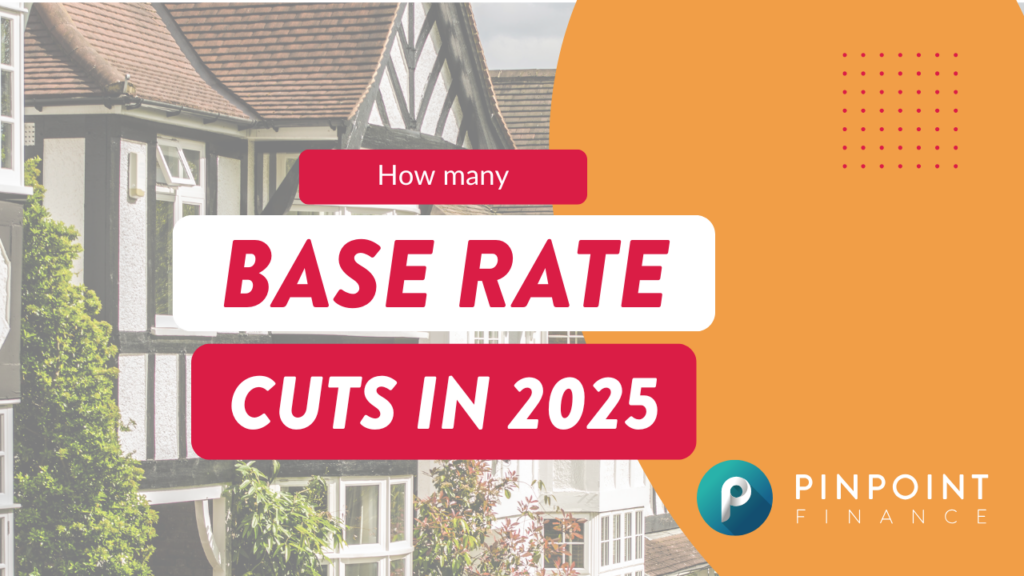The changes in the PRA regulations through 2017 and what they mean
Many changes have been implemented by the PRA (Prudential Regulation Authority) surrounding the Buy to Let market and the financial process which is crucial for landlords and their advisers to know. To streamline these changes, the PRA decided to apply these updates in a graduated fashion and the next deadline is fast approaching being 30th September 2017.
What are the fundamental changes?
The changes that are most noticeable are those that affect affordability based on rental income v future interest rate rises and those that affect portfolio landlords, the former taking effect in January and the latter in October of 2017.
How do I know if I’m a portfolio landlord?
The PRA definition of a portfolio landlord is a borrower with four or more distinct mortgaged Buy to Let properties, either owned jointly, separately, or within a company Although, lenders do not need to implement the changes until October 2017, many are now starting to change their underwriting procedures and some may pull out of the “portfolio landlord” market altogether. If this definition applies to you and you require Buy to Let finance now or in the future, providing supplement documentation and further details of your financial position, will be required.
Why are the authorities updating the regulations now?
The authorities that are responsible for the regulation of Buy to Let mortgages have taken proactive action in preventing any future crises within this area of the financial sector just as the changes in taxation rules surrounding Buy to Let landlords also take hold.
The changes themselves involve a tightening around affordability criteria protecting not only the financial consumer but the financial institutions involved in lending and the overall economy itself.
To some landlords, these new measures may be annoying, however, they do protect the industry upon their livelihood depends.
Stricter Affordability Criteria
The approach of the regulations has been to implement stricter affordability requirements when lending. Regardless of whether lending to an individual or corporate landlord and regardless of the size of the property portfolio. This is followed by the October implementation of very specific requirements for portfolio owners.
For the onlooker, it should be clear that the regulations serve to protect inexperienced landlords from making uninformed decisions, and when implemented correctly this should be the case.
A key factor that will influence in-house criteria with the lenders is the rent to interest calculation. The common standards for which have been set out in the regulations at a minimum stress of 5.5%, however, depending on the product this may be lower with some lenders. The rent to interest calculation may be done across the entire portfolio. Don’t worry if one property fails the criteria, but others more than surpass the requirement, the portfolio may still passes the qualifying criteria with some lenders.
Nevertheless, anyone wanting to take out a new Buy to Let mortgage or even to re-mortgage a current property or portfolio should be consulting with an experienced and unbiased third-party broker, like Pinpoint Finance.
A good broker will guide a landlord, through the new regulations, and point them in the right direction to gather further advice on taxation and legal structure, if required. Getting good advice surrounding specialist lenders, their specific buy to let lending criteria, will save you time and possible money, in this changing market.
What do the new regulations require?
The new rules demanded that from January 2017 strict new affordability criteria were implemented when a new Buy to Let mortgage is applied for, whether it is for a new transaction or a re-mortgage. Many landlords have now already experienced the effect of this change with lower borrowing being available on many properties.
From October 2017, further criteria will be implemented which requires lenders to gather more background information on the client and their portfolios. Specialist Buy to Let lenders will develop their own strategies for ensuring they are compliant with the regulations and will be requesting supplementing documentation and further details of your financial position.
More information
When a specialist lender is approached to fund a Buy to Let property, they will need to request a lot more information than was previously necessary. Naturally which information they request may also depend on whether the borrower is an individual or a corporate entity, as the liability and tax rules will differ too depending on individual circumstances.
To begin with, some lenders will only consider individual investors and whilst others will consider corporate (limited companies) and specialist property types. This is another reason why approaching a reputable broker is one of the best fiscal decisions you can make.
Time to act – consult the experts!
It is critical that you consult with an experienced advisor, at Pinpoint finance, we will help you assess your portfolio, collate all the documentation you require and identify the right lender for you. We are well versed in the technicalities of the new regulations and how to apply them to find you the perfect lender and product.
For more information or a free no obligation review of your Buy to Let portfolio, contact us today on 01904 866100.










